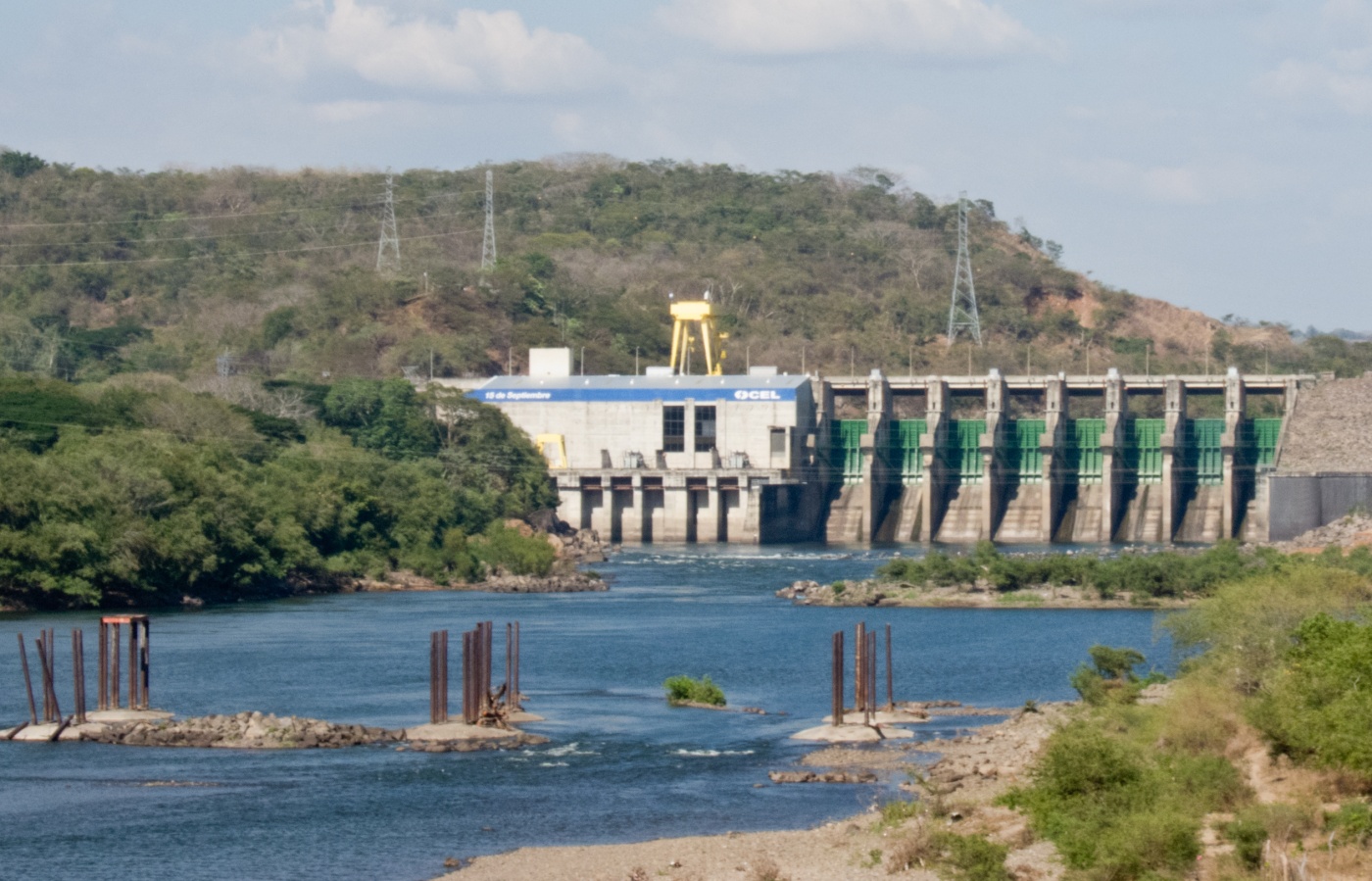Once, 91 rivers longer than 1,000 km directly connected to the ocean. Today, only 21 still flow freely. A team of 34 international researchers has assessed the connectivity status of 12 million kilometers of rivers worldwide, providing the first ever global assessment of the location and extent of the planet’s remaining free-flowing rivers. Their findings indicate that these rivers are largely restricted to remote regions of the Arctic and the Amazon and Congo Basins.
Dams and reservoirs are the leading contributors to ocean-river connectivity loss. According to the study, there are an estimated 60,000 large dams worldwide, and more than 3,700 hydropower dams are currently planned or under construction. Dams have served many admirable purposes, such as providing drinking water to millions, irrigating crops, and generating power, but some have also threatened the health of the world’s rivers and the human livelihoods and the freshwater biodiversity that they support.
The construction of dams fragments rivers, stopping their natural flow. During their construction, they also can cause the deforestation of hundreds of hectares of biodiverse tropical forests. That deforestation can affect the entire ecosystem of a watershed. When dam construction takes place in remote areas of the Amazon, Congo or Mekong basins, the destruction is even more significant. New roads level expanses of forests and bring new settlers who disturb fragile, biodiverse ecosystems.
This encroachment process often results in the degradation of ecosystems along the entire watershed. Removing trees removes the ability to control erosion, adding sediment to rivers, which can clog dams. River sedimentation can also impede navigation, water quality, fish protein production, and many other economic activities that rely on health rivers. Rivers stop reaching their natural end points and the repercussions are felt throughout complex ecosystems.
Changes in water flow from dam-induced deforestation can also result in significant negative climate impacts. Dams can wipe out entire forests ecosystems downstream during severe flooding episodes, when sluice gates must be opened to lighten water pressure on a dam. In Tonle Sap Lake, Cambodia, downstream the Mekong river basin, a flooding incident led to massive deforestation, releasing carbon stored both in their above ground and below ground biomass and becoming a significant source of GHG emissions.
The Nature paper, however, does not account for the impact of deforestation, which increases the sedimentation of river beds. The number of free-flowing rivers may be actually fewer because the model does not consider the impact of deforestation in areas with no dams. This remains a valuable point to consider for future research, as the connectivity and health of still undammed rivers, which may also no longer connect to seas and oceans, can benefit from a better control of deforestation and from forest and landscape restoration.
The case of the Parana River in Paraguay helps illustrate this connection. The river’s watershed of lost around 10% of its forests between 2000 and 2010, a process that has likely clogged parts of the reservoir of the Itaipu Dam with sediment. Dredging costs alone would could run into the millions of dollars, a massive expense that would have to be repeated if erosion continues unabated. That dredging would only be a short-term solution unless the source of the sedimentation, the deforested hills in the dam’s watershed, was stopped.
The same is happening in Colombia. The Magdelena River, which runs through a significantly deforested area of the Andes, used to be a common route for transport between Caribbean ports and Andean cities. Now, it is useless due to heavy siltation of the river channel, which would require significant dredging investments to restore navigation services. But that dredging work would also be fruitless unless the surrounding degraded land was restored to forests that would prevent further sedimentation.
The challenge of protecting the worlds pristine rivers is evidently large, but it is not hopeless. Countries can shifting their focus from dams to other renewable energy options, such as solar and wind, and extend the lifespan of the dams that they currently operate by protecting and restoring the surrounding forests. Improving the efficiency of existing dams reduces pressure on undammed rivers and can have significant climate and biodiversity benefits.
According to Sáenz, Initiative 20x20, a country-led effort to bring 20 million hectares of land into restoration by 2020, provides a framework through which governments, local communities, and business can work together to create economic and environmental benefits within watersheds to protect and restore forests and, by doing so, improve the health of rivers and already constructed dams, making new dam projects unnecessary.
Latin America will have dams for decades to come, but by investing in restoring and halting deforestation, governments, companies, and local communities can keep their remaining pristine rivers flowing clearly and quickly to the sea.
Dr. Leonardo Sáenz is the Technical Manager of Permian Global Colombia and an Adjunct Graduate Faculty member at Michigan Tech University. He often collaborates with Initiative 20x20 on forest conservation and restoration efforts and is an author of the Nature paper.
